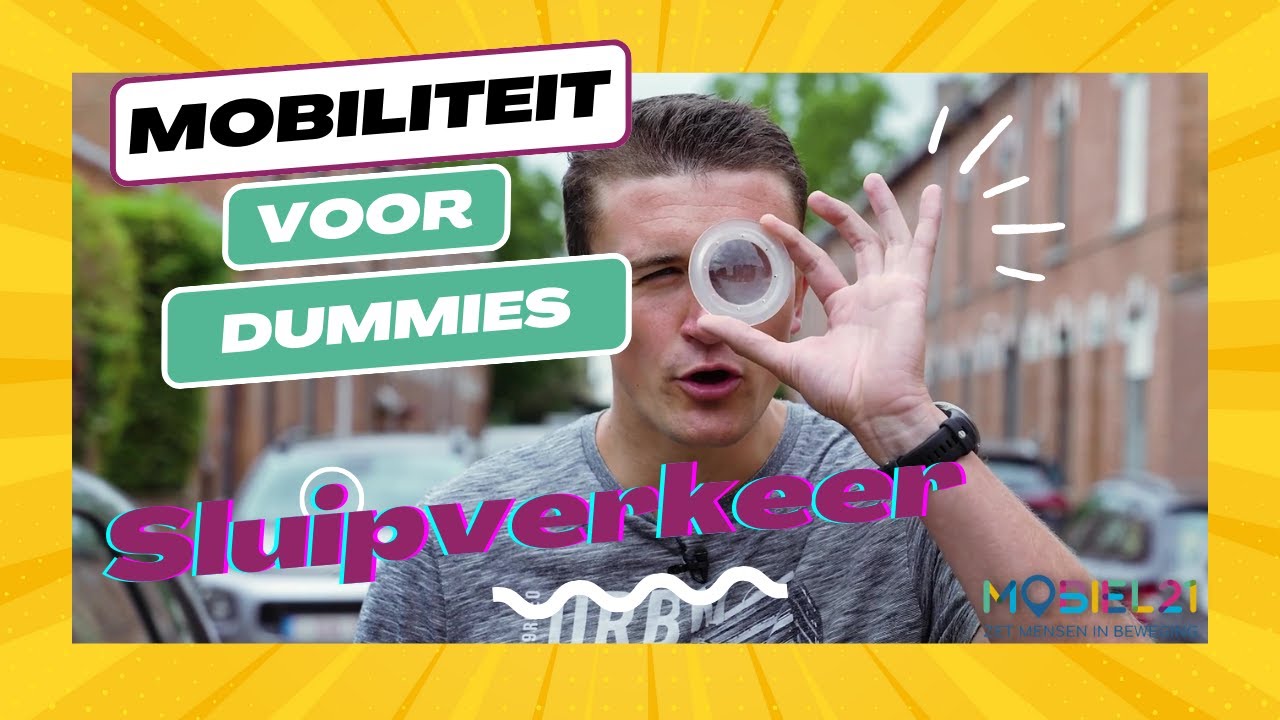I’m going to try to introduce different terms here to bring insights and knowledge for all Telraam Talks members. Some of these will be familiar to you, some may not. I hope we can all learn from them, and if you have more to add, PLEASE do add your thoughts in the discussion below.
Rat Run
Definition: the practice by motorists of using residential side streets or any unintended short cut […] road instead of the intended main road in urban or suburban areas (source: wikipedia)
Explanation:
We all know the phenomenon, but the English version of the term is quite descriptive. This is the decision by drivers, either because they are very familiar with an area, or because they are being led by route-planning solutions (sat-nav), to avoid congested main roads by diverting down alternative routes, usually roads not intended for such traffic. These are usually residential streets, or maybe commercial and private land, where previously the street or space might have been considered to be more open and safe.
‘Rat run’ is used not because it refers to ‘invaders in our homes’ but rather to the similarity to watching rats learning and adapting to mazes in laboratories, where their navigation behaviour is driven by seeking a reward at the end.
In many translations it seems that the word becomes “shortcut” which may or may not be true. The route could actually be longer, more complicated and risky, yet still reduce the total journey time for the person in the car. It might be interesting for urban mobility campaigners in non-English speaking countries to develop similarly descriptive nomenclature for this behaviour!
Local knowledge has always meant that those who are familiar with local streets can find their way around a diversion or traffic, but the limiting factor is generally that this is also ‘their neighbourhood’, so they have some social connection to the streets and residents, and so might be expected to treat them with some greater level of respect.
With the increase of commuting by car, and particularly with our deference to automatic route planning which accesses live traffic data (using apps like Google Maps or Waze), we have generally experienced a rise in ‘pass-through’ traffic on urban roads that are not designed for these levels of traffic.
The cost is more pollution, more noise, greater risk to other street users (pedestrians, individuals on bikes, etc.), and generally the loss of a sense of ownership of the streetscape by residents.
In exchange the ‘reward’ for those who drive on these routes, is usually a few minutes saved on their commute, savings that are quickly lost as the route becomes established and traffic grows on this route as well.
Translations:
NL: sluiproute | sluipverkeer | fileratten
FR: raccourci | traffic malin
DE: schleichverkehr | schleichweg
ES: atajo
PT: atalho
(can you add more terms, or more languages? suggest them below and I will update the post)


